By Laura Lukes, UC Master Gardener of Butte County, May 4, 2018.
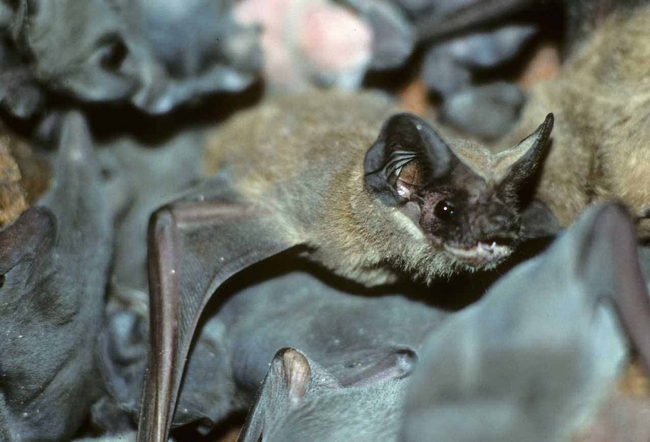
Dr. Mistry is a professor of biology at Butte College, and an adjunct professor of biology at CSU, Chico. He recently presented a talk titled “The Fascinating Biology of Bats” as part of the Butte County Master Gardeners 2018 Spring Workshop Series.
Dr. Mistry's passion for bats is infectious. He describes the deeply folded, crenulated nose of a bat, which to this writer looks like the result of a terrible accident, as gorgeous. And upon reflection it is beautiful, because it is perfectly formed for its purpose: to accurately project the echolocation calls emitted from the bat's nose.
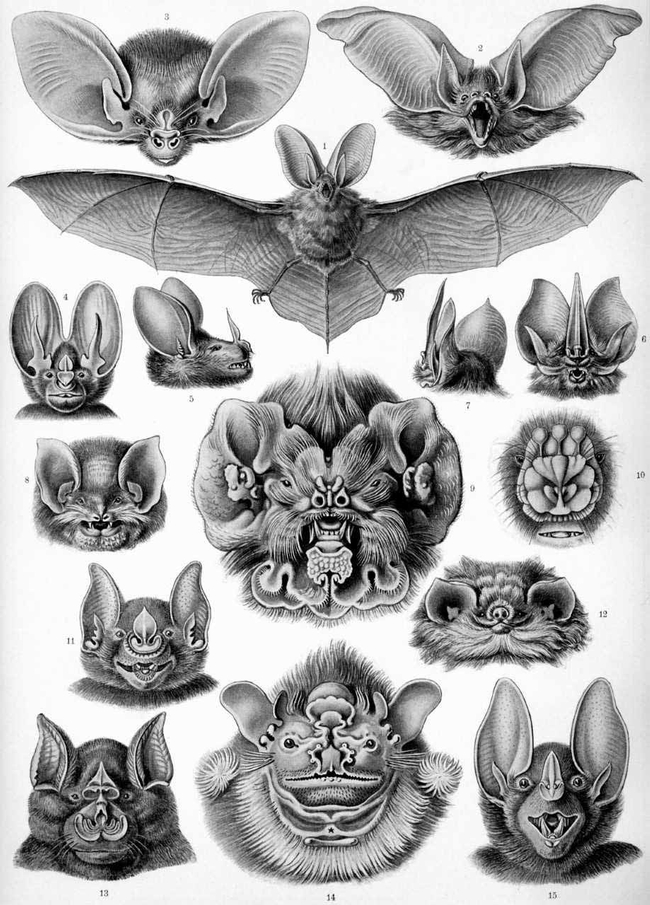
Insectivorous bats, part of a group known as microbats, navigate and hunt by echolocation, a complicated and finely-tuned system of call-and-response, which can determine in a millisecond the location of prey while both the bat and its target are in flight. Bats can consume up to their own body mass in insects each night. Research indicates that in Butte County alone, bats provide 14 million dollars annually worth of pest control value. In our state, that figure reaches 565 million dollars each year. That's a lot of moths, mosquitos, and other insects taken out by a safe, natural method.
The bats that we have in our region and, in fact most of the US, are insectivores. However, there are many other bats that consume fruit and nectar, and others that are carnivorous and feed on fish and frogs. Megabats, whose wingspan can reach up to five feet, are inhabitants of the Old World (Europe), and perform valuable seed-dispersal and pollination services. These bats may actually be better at seed dispersal than many birds, because they eat the fruit and drop its seeds farther from the parent plant.
Other bat species feed on the nectar of flowers, and some plants have evolved unusual ways to attract these pollinators in the dark, when color isn't visible. Special concave leaf and petal shapes send a response to the bat's echolocation calls, so bats can zero in on the flower and partake of its nectar while spreading its pollen.
A portion of Dr. Mistry's talk explored research done on the Mexican free-tailed bat. This is a tiny species, weighing less than 12 grams (0.4 oz). The females migrate annually from Mexico to deliver and raise their pups (yes, bat infants are called pups!) in humid, hot, limestone caves in Texas. Each female bears one pup, which attaches to the wall of an enormous cave. There are millions of mothers birthing their young in these caves, and their nightly feeding exodus can take hours to complete. Which begs the question Dr. Mistry asks: how does each mother find her own pup when she returns to a cave filled with masses of hanging babies – as many as 4,000 per square yard?
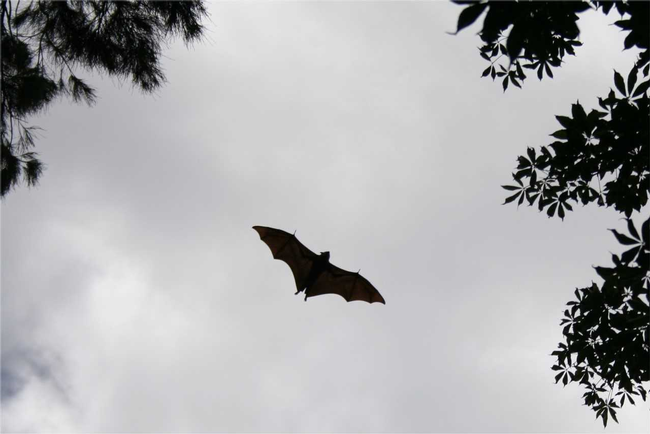
In the past, bat biologists believed that these mothers could not identify their own young, but instead engaged in a type of communal nursing, whereby the pups latched onto any mother within reach as she moved through roosting areas. But careful observation and research revealed that these bats knew what any self-respecting mammalian mother knows instinctively: which baby is hers. Bat moms employ at least three strategies to locate their young. Bats have spatial memories, and can remember in which general region of the vast cavern they left their pups. Once a mother nears her region, she begins calling, and narrows in on her baby through tracking its return call. When she is close enough, she can then definitively identify her pup through its smell.
It so happens that maternal instinct is not the only thing that bats share with human beings. The similarity between the bat skeleton and the human skeleton, particularly in the structure of our ribs, shoulders, elbows, wrists, and hips, is astonishing. The difference lies in their elongated bones. Since bats locomote almost exclusively by flying, their body weight must be kept to a minimum. Birds have hollow, very light bones to achieve their measure of weightlessness. Being mammals, bats have heavier, solid bones, so they adapted by evolving very thin, elongated bones. The oldest fossilized bat skeleton discovered to date is just over 50 million years old. Dr. Mistry notes that bats have not changed much since then, so we (as yet) have no clear picture of their evolutionary journey to the present.
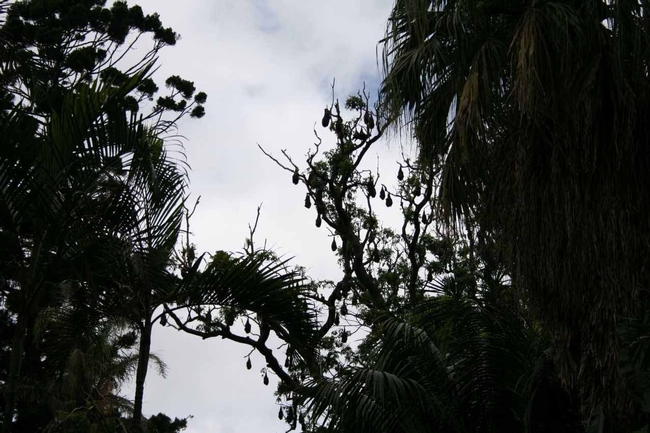
The fungus was first discovered in bats in New York State in 2006, and spread rapidly to the north and west. Over 5.7 million insect-devouring bats have died in 31 states and five Canadian provinces. At one time, it was believed that the fungus would not be able to easily cross the Great Plains. Then, about a year ago, cases were discovered in Washington State. All hibernating, cave-dwelling bat species in North America are susceptible, and regional extinction is a real possibility.
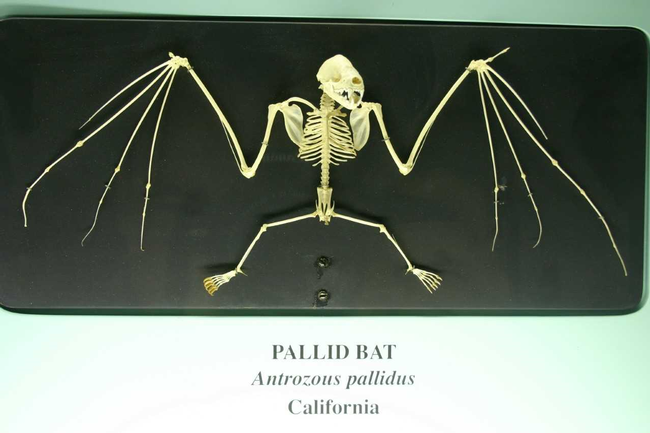
Dr. Mistry knows what bats like, and is willing to help you locate your bat box in an ideal space. Not only for you, but for the love of bats.
Note: For more information about the Master Gardener Program and Workshops, please visit http://ucanr.edu/sites/bcmg/ . Garden questions can be directed to the at 530-538-7201.
By Emilee Fowkes Warne, UC Master Gardener of Butte County, April 13, 2018.
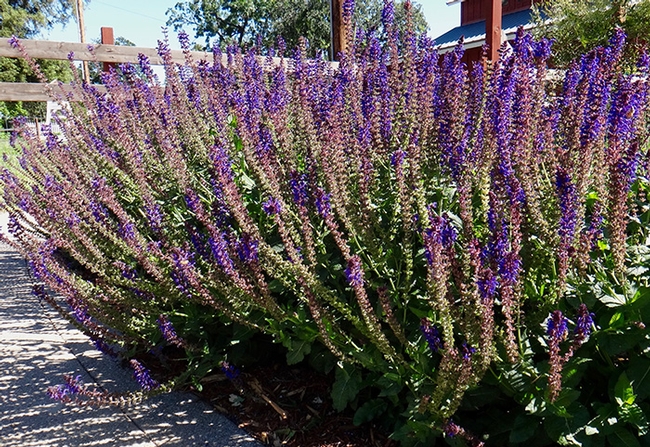
Let's start from the beginning. What does full sun really mean? A plant requiring full sun needs at least 6 hours of direct sunlight each day in order to thrive. If a plant that requires full sun is planted in a location that receives less than 6 hours of direct sunlight, it will often fail to produce flowers or fruit and may become spindly and weak. Likewise, a plant requiring shade that is planted in the sun will quickly develop leaf burn and can die from the lack of protection shade would give its roots and the surface of its leaves. Keep in mind that full shade does not mean “no sun”; all plants need at least some light. But shade plants prefer less than four hours of sun each day and generally do very well in dappled shade conditions, such as beneath trees.
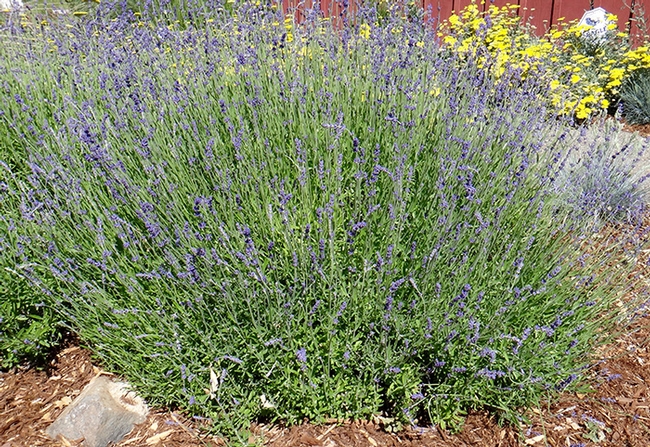
Another vital piece of information is the amount of water a plant is going to need. When you are selecting a plant, note its water requirements. Is it marked as a “Drought Tolerant” or “Xeric” plant? These types of plants are ideal in our climate because they can withstand prolonged hot, dry summer months. Choosing plants labeled drought tolerant or xeric will set you up for the best chance of success in establishing them in your garden. A word of caution though: nearly all plants initially need a period of consistent watering to allow their roots to become established in the soil. By keeping the ground around the plant moist, you allow roots to expand and grow into the native soil adjacent to the original planting site, which will ultimately be where the plant anchors itself for the duration of its lifetime.
It is also important to group plants together that have similar water requirements. A common mistake is to plant a tree in the center of a lawn. Nearly every type of tree has a vastly different water requirement than grass. Grass prefers more frequent, shorter bursts of water, while a tree, once established, prefers a deeper, more gradual soaking. Watering a tree using a watering schedule meant for grass will often result in a less stable, shallow-rooted tree. It is far preferable to plant a tree in a planting bed, allowing plenty of space for it to expand to its mature size.
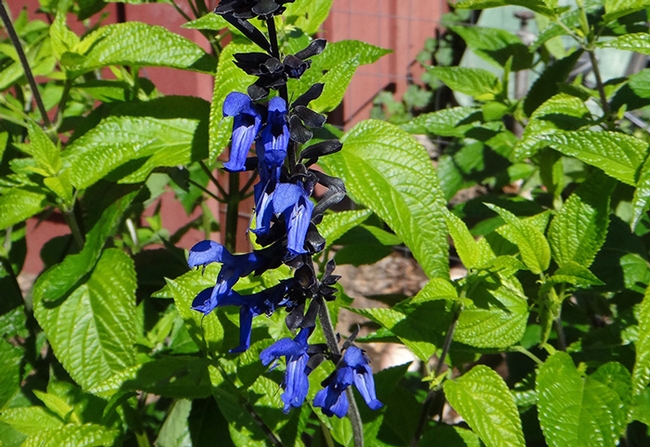
The UC Master Gardeners of Butte County will be hosting a plant sale this month on April 28th. The sale will be held at the UC Master Gardener Demonstration Gardens at the Patrick Ranch, 10381 Midway, just south of Chico. Many of the plants featured in the sale have been tried and tested in our Demonstration Garden and our own home gardens for success and durability in our climate. All will be marked with the vital plant requirements and characteristics outlined above: sun or shade, size at maturity, drought tolerance, and also whether or not they are California natives and/or pollinator plants. The sale will be staffed with a number of knowledgeable, local Master Gardeners who are there to answer any questions you might have, take you on a tour of the garden, or even help to diagnose your pest problems. We are committed to helping you succeed in your garden!
By Brent McGhie, UC Master Gardener of Butte County, March 30, 2018.
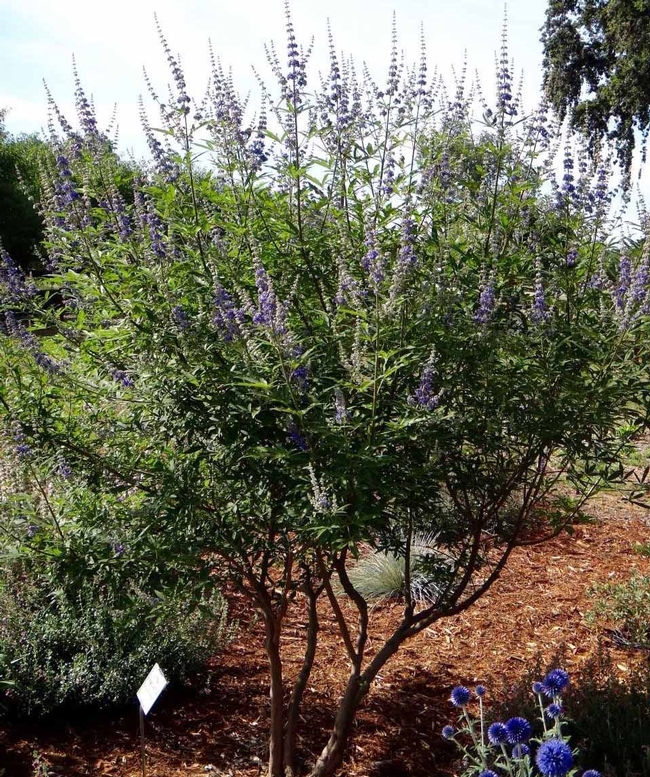
Pollinator plants are plants that attract pollinators by offering them pollen and/or nectar. Pollen provides pollinators with proteins, fats, vitamins, minerals and other nutrients. Nectar is a sugary liquid that provides pollinators with carbohydrates for energy. Pollinator plants “advertise” the presence of nectar and pollen with scents and colors. A good example of a specific link between pollinators and the plants that attract them is the relationship between bees and the flowers they pollinate. Although it is invisible to humans, bees can see ultraviolet light and bee flowers have evolved distinctive patterns visible only in the ultraviolet range.
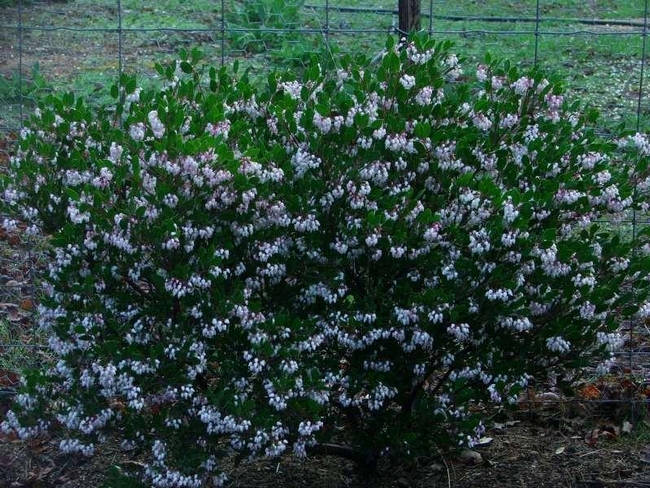
Animal pollinators are necessary for the reproduction of 90% of flowering plants and the majority of our fruit, nut and vegetable crops. These facts alone point to the importance of attracting pollinators. In addition, plants are the foundation of the overwhelming majority of food chains on Earth and also provide shelter for many animal species. Healthy pollinator populations, and the plants that feed them, mean healthy ecosystems. Unfortunately, due to human influences such as habitat loss and pesticides, many pollinator populations are in trouble. Backyard pollinator gardens can serve as important refuges for vulnerable pollinators. An added incentive for including pollinator plants in your garden is that pollinators such as hummingbirds, bees, and butterflies are beautiful creatures that are fascinating to watch.
Many pollinator plants can be seen at the Butte County Master Gardeners Demonstration Garden at Patrick Ranch, 10381 Midway, between Durham and Chico. Two varieties of manzanita (Arctostaphylos) are currently on display at the Demonstration Garden. The delicate white blooms of these evergreen shrubs attract bees and butterflies as well as beneficial insects that prey on insect pests. A larger shrub with attractive purple blooms is the butterfly bush (Buddleja davidii). As its name implies, it attracts butterflies, blooming from summer until first frost. If you're interested in a small tree for your garden, California buckeye (Aesculus californica) and Chaste tree (Vitus agnus-castus) can be seen as well. Both of these trees are butterfly favorites and the Chaste tree also attracts hummingbirds, bees, other insect pollinators and beneficial predators. Also found in the gardens are several species of sages (Salvia sp.) and penstemons (Penstemon sp.), which draw hummingbirds. Another hummingbird plant that will be introduced in the garden this fall is red fairy duster (Caliandra californica), an airy, mesquite-like shrub that is covered in downy red flowers from summer through fall.
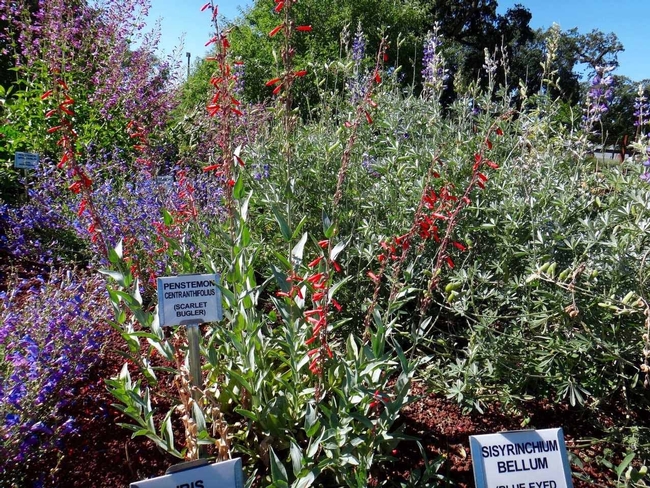
This sampling of pollinator plants doesn't do justice to the wide variety of plants found at the Demonstration Gardens. All of the plants mentioned above, along with many others, will be available at the Butte County Master Gardener Plant Sale. The Plant Sale will be held at the Demonstration Gardens at Patrick Ranch (10381 Midway) on Saturday, April 28th, from 10 am till 2pm. The Master Gardeners are a voluntary organization and the plant sale is our primary fund-raiser. Why not plan on supporting the work of the Butte County Master Gardeners by enjoying a visit to the gardens and purchasing pollinator plants for your garden while you're there?
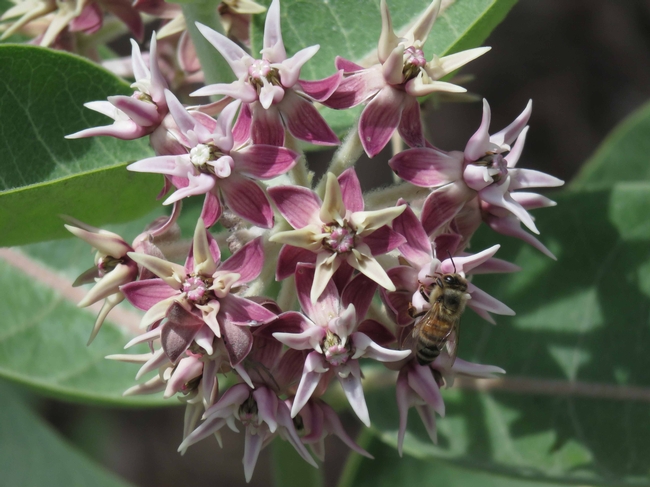
1. Different pollinators are generally active from early spring to late fall, so the garden should have plants with overlapping flowering times covering this time period. For example, Cleveland sage and manzanita are spring bloomers, while many penstemons bloom in late spring and early summer. Chaste tree is a prolific fall bloomer.
2. Provide a diversity of plants to attract a diversity of pollinators. The University of California, Agriculture & Natural Resources (UC ANR) recommends planting at least 20 different plant types.
3. Plant in the sun. Bees and other pollinators prefer to visit plants in the sun. There are always exceptions. Bumble bees, for instance, will forage in shade or sun and most moths are active at night.
4. Maintain flowers. Dead-heading (removing spent flowers) encourages new blooms and lengthens the flowering season. Lightly fertilizing with compost can improve plant health and also serves to lengthen the blooming period.
5. Water regularly. Water stressed plants won't put much energy into flowers. But many native plants, including most of those mentioned above, require little if any summer water once they are established.
6. Avoid pesticide use! In addition to the targeted pests, these chemicals also kill pollinators as well as other beneficial insects including parasites and predators that can provide an alternative, natural control of garden pests.
Happy gardening! For more information about pollinator plants or any other garden topic (including our April 28, 2018 Plant Sale), call the Butte County Master Gardener Hotline (530-538-7201), or visit our website at: http://ucanr.edu/sites/bcmg/
By Laura Lukes, UC Master Gardener of Butte County, March 16, 2018.
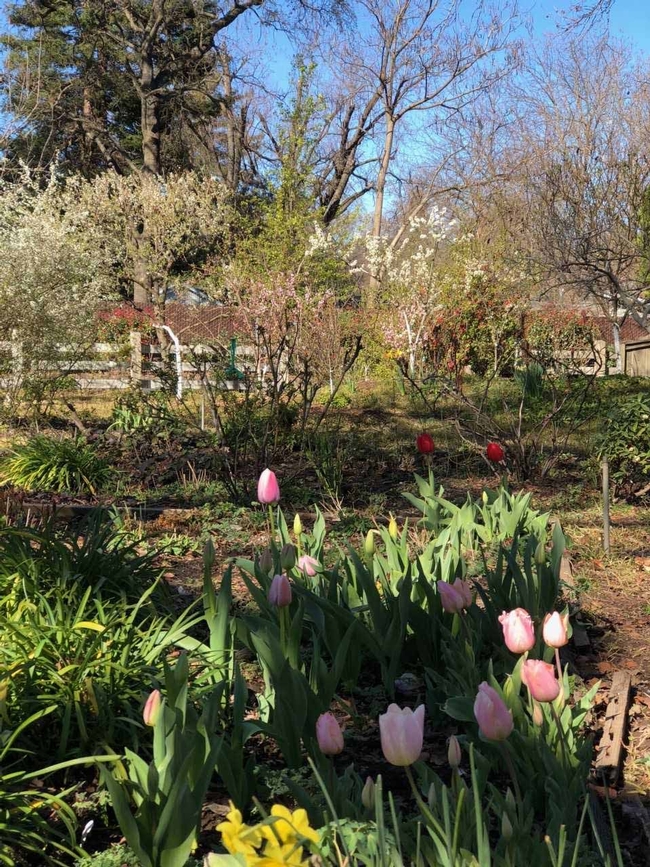
Forty years ago, Brown and her husband Jeff moved to the home on that property, and she began to work her magic on an enormous expanse of St. Augustine grass shaded by native oaks and sycamores. Over time, she's transformed it into a patchwork of plants that provide flowers and greenery for bouquets and floral displays throughout all four seasons of the year.
On a brisk afternoon in late February, Brown led a tour of her Cutting Garden as a part of the UC Butte County Master Gardeners 2018 Spring Workshop Series. The garden was bursting with color and texture from stands of daffodils, narcissus, hyacinth,and anemone. Forsythia and “Shoebutton” spirea were in bloom, as were redbud trees and giant camellias. Trees in the family fruit orchard were showing off their blossoms.
Workshop participants were given a valuable list Brown had prepared titled “Cut Flowers for Most of the Year,” annotated with useful commentary and helpful hints.
Brown began the tour with a short history of her interest in flowers, which started when she was a child, planting nasturtium and sweet pea seeds with her mother. When Brown and her husband moved to the rich earth of their Chico home after gardening in decomposed granite in the Hollywood Hills, Brown set out to “learn flowering plants,” most of which did not grow in Southern California. In those days many interesting shrubs and perennials were found only in catalogs and purchasing them meant paying steep shipping fees.
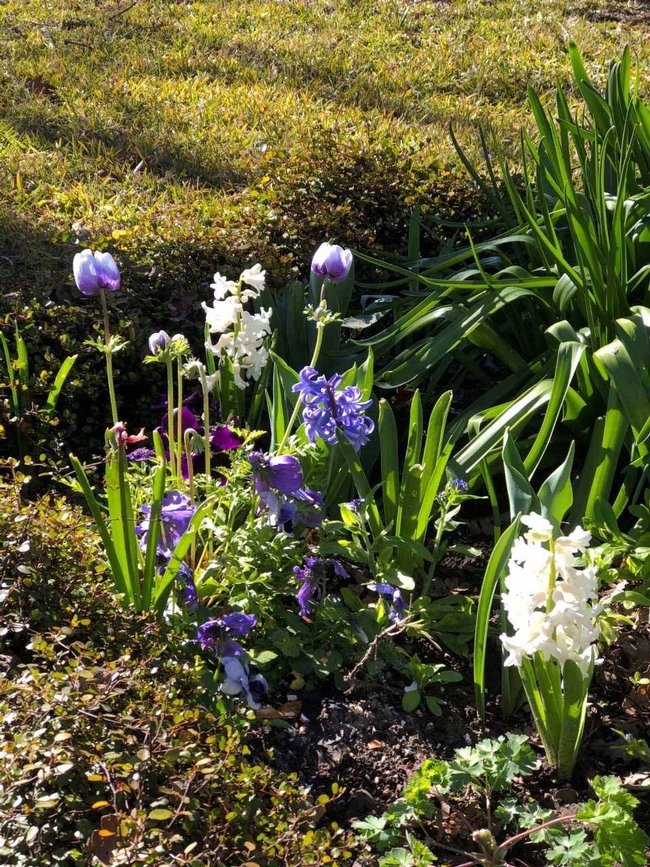
Creating floral arrangements for weddings meant pre-dawn buying trips to the San Francisco Wholesale Flower Mart. Acquiring a resale number and Market Badge gave Brown behind-the-scenes access which made all that driving worthwhile.
Despite the dazzling variety of Flower Market offerings, Brown really prefers fresh and seasonal, just like what is on tap at our Farmers Markets. For example, roses are entirely unnatural at Valentine's Day, and they represent a large carbon footprint in the energy required to grow them in greenhouses and fly them from South America. Greenhouse flowers come with a high use of chemicals, like fungicides, to keep them perfect in those humid growing conditions. But tulips and anemones, beautiful flowers which bloom naturally in February, come in Valentine's Day colors of red, white, and pink too.
Brown scheduled this workshop in February precisely because many people think it is an unlikely month for finding local flowers suitable for use in arrangements. She emphasizes that the category of cut flowers includes bulbs and branches of flowering trees and shrubs as well as annuals and perennials.
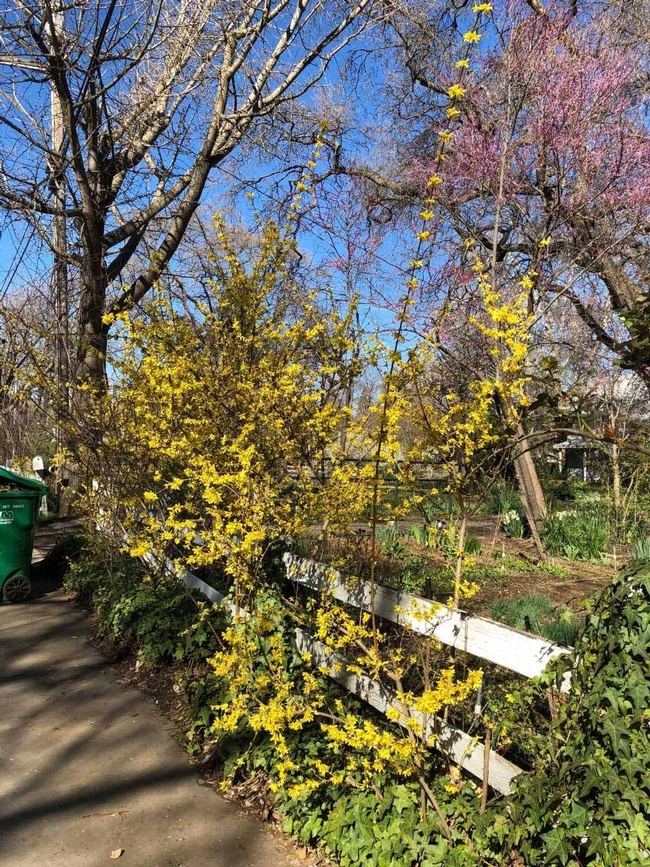
Before Valentine's Day there is a very early spirea in bloom, along with branches of wild plum with its fabulously delicate white blossoms. Branches of this plum, together with those of the purple-leafed plum with pink flowers, make a wonderful arrangement in a vase on their own. Another benefit of using spring branches, even before they flower, is that they add height and contrast to a bouquet.
Earliest spring also marks the onset of flowering bulbs. As Brown notes, “Bulbs are sort of a secret bonus garden. They bloom while the perennials, biennials, and roses are dormant and the earliest annuals are just getting ready. They can slide into spaces between things that will be mostly covered up when the other plants wake up and grow.” Some of Brown's favorite early-blooming bulbs are daffodils, narcissi, anemones, hyacinth, and leucojum (often called snowdrops). Freesias and allium, along with ranunculus (one of the very best cut flowers), will strut their stuff in March. Like the many types of daffodils blooming from very early spring to late spring, some tulips can start in February while others bloom late in April.
Though the very best cutting flowers will last about a week in an arrangement, many other flowers will look fine for a special occasion or over a weekend.
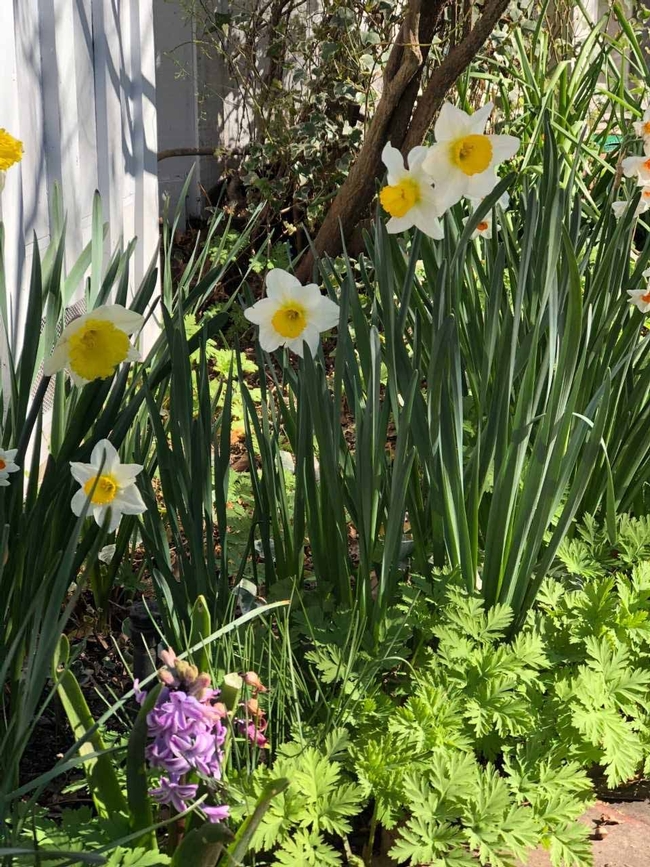
After the tour of her garden, Brown used cuttings she had prepared earlier to fashion sample arrangements, and invited us to make our own. Brown sums up her cut flower efforts with this blessing: May beauty, fragrance, and variety lighten your spirit beyond the life of the blooms. I finished the tour of her Cutting Garden with a lovely posey of my own, determined to sew some felt pads (brilliant idea!) into the knees of my garden jeans.
Note: For more information about the Master Gardener Program and Workshops, please visit http://ucanr.edu/sites/bcmg/.
Questions? Plant problems? Call the Master Gardener Hotline at 530-538-7201 and/or visit our website Hotline page at ucanr.edu/p/49588.
By David Walther, UC Master Gardener of Butte County, March 2, 2018.
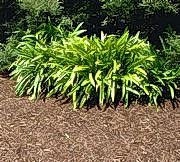
Mulch is good for the soil, and thus good for your plants for a number of reasons. It jump-starts the useful work done by microscopic organisms (this is often referred to as microbial activity); retains moisture, thus preventing plants' roots from drying out; and deters weeds by providing a barrier between the soil and the sun.
Mulching is also a time-saver for the gardener – it takes a fraction of the time to put down mulch that it would take to weed later on. And using mulch to control weeds reduces the use of expensive herbicides.
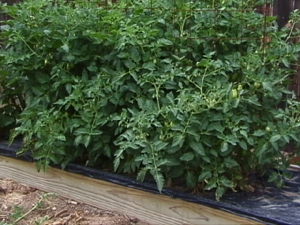
Natural inorganic mulches include gravel, pebbles, and crushed stone. Other inorganic mulches are plastic, cardboard, and even pieces of old carpet. The mulch you use will depend upon the job you want the mulch to perform and how you want it to look.
Any ground that needs enrichment, such as flower or vegetable beds you will be planting later in the season, will benefit from an application of organic mulch. Mulching around shrubs, trees, annuals, and perennials will improve the soil that feeds their roots, as well as deter weeds. Large areas that you wish to keep weed-free are also candidates for a thick application of mulch.
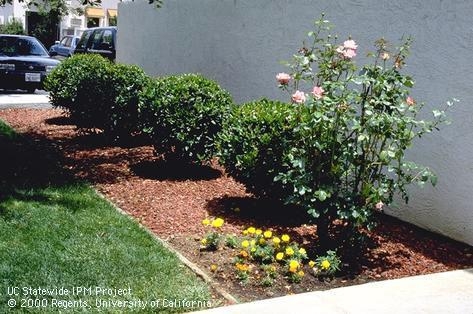
To control annual weeds, apply four to six inches of mulch on top of the soil, or even on top of the weeds themselves. To control perennial weeds, an application of 12 to 16 inches of mulch is needed.
The reappearance of weeds in an area that has been mulched is an indication that the mulch has decomposed to such a degree that a new application of mulch is required.
While the benefits of applying mulch are many, mulch can also lead to an increase in mole activity because of the increase in the worms and grubs they feed on – the more alive your soil is, the more it becomes a habitat for other creatures.
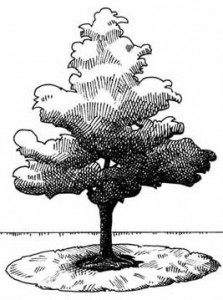
Finally, different garden situations require different choices of mulching materials: for example, dryland garden plants (xeriscape plants) such as native California plants, cacti, and succulents, have evolved to flourish in dry conditions and poor soil. The moisture-retentive qualities of organic mulch could be detrimental to their vigor and growth while the use of stone or gravel mulch would be helpful in replicating their natural environment.
Your mulch choices can range from commercial mulches purchased at a landscape center, to bags of organic mulch available at nurseries and home improvement stores, to your own (free!) shredded leaves, grass clippings, and yesterday's paper. The benefits of mulching far outweigh any negatives, so there is no reason not to mulch.
For more information see: Mulches
Questions? Plant problems? Call the Master Gardener Hotline at 530-538-7201 and/or visit our website Hotline page at ucanr.edu/p/49588.


